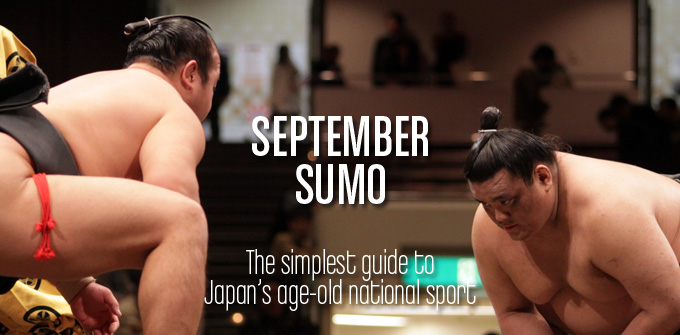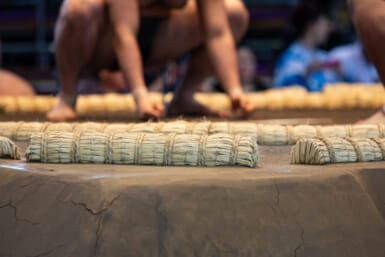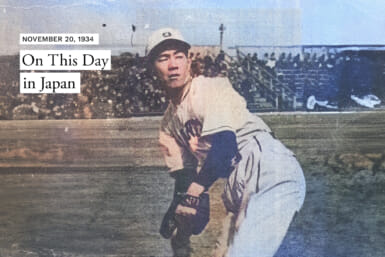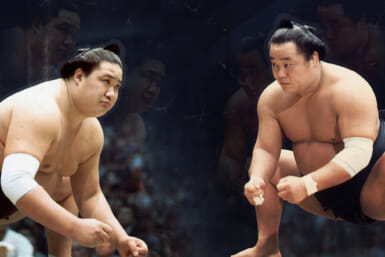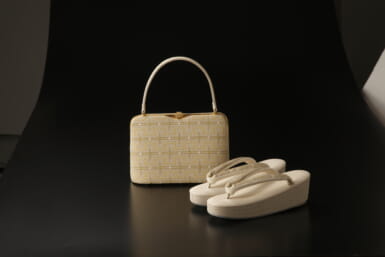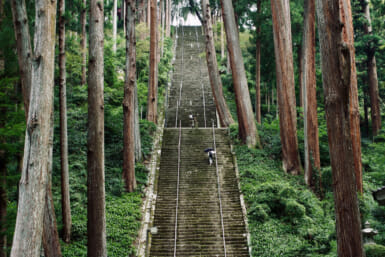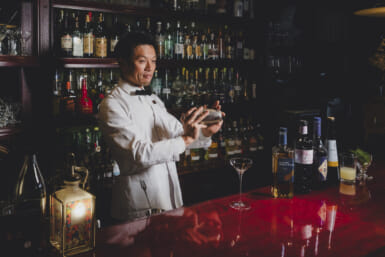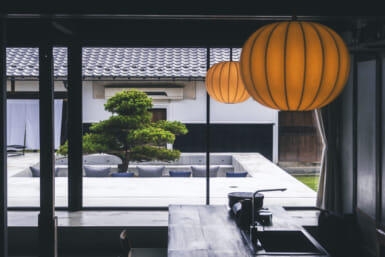By Chris Gould
Most people have heard of it, but very few have any idea what it entails.
Welcome to the enchanting world of sumo, the national sport of Japan which sees massive, nigh-naked gladiators exhibit phenomenal feats of strength. At the same time, these mountainous men must pay homage to Shinto beliefs, purifying the combat surface with salt while clapping hands and stamping giant feet to ward off evil spirits. Not only is every sumo match steeped in Shinto ritual, but also bound by the ancient code of the samurai warrior, which requires combatants to open their arms wide and drop their palms to prove they carry no hidden weapons prior to battle. Throw in samurai hairstyles and war-fan wielding referees elegantly clad in shiny silk garb, and you understand exactly why sumo has the power to intrigue even the most casual onlooker.
“The mystery and charm of sumo pageantry can be witnessed first-hand, again from September 11th to 25th.”
The mystery and charm of sumo pageantry can be witnessed first-hand, again from September 11th to 25th, as the big men return to the sport’s spiritual home of Ryogoku for the 2011 Autumn tournament. Six 15-day tournaments are held every year, one for every odd month, with the 10,000-capacity Ryogoku Kokugikan hosting the meets in January, May and September.
Sumo’s rules are among the world’s easiest to understand. Two wrestlers, wearing nothing but a large belt around the waist, enter a roped ring of 4.5 meters’ diameter. The aim is to either push your opponent over the rope or knock him down. Slapping, pushing, leg-tripping, arm-clamping, belt-throwing and lifting are permitted; punching, kung-fu kicking, eye-gouging and hair-pulling are not.
So those are the basics.
To find out more about Sumo why not check out our comprehensive guide, containing everything you could possibly want to know about Sumo. Enjoy!
TOURNAMENT
Wrestlers in the top two divisions fight on each day of the 15 day tournament, while those in the bottom four divisions fight seven times over the fortnight. The winner of each division is simply the person with the most victories from his bouts. Should two or more wrestlers tie for the lead on the final day, a simple knock-out playoff system is introduced.
There are no weight divisions, meaning that comparative lightweights such as the 85-kilogram Czech sensation Takanoyama can tussle with foes 100 kilograms heavier! (Most wrestlers weigh between 130 and 160 kilograms).
RANKING
The sumo ranking system is among Japan’s most unforgiving. Generally, a wrestler with more wins than losses over 15 days will be promoted for the next tournament, and a wrestler with more losses than wins will be demoted. The only ranks accorded automatic protection are the two uppermost: yokozuna and ozeki, which of course are conferred upon the finest wrestlers of the day. Only 69 men in history have achieved yokozuna status, and the only existing holder is 26-year-old Mongolian maestro Hakuho. A yokozuna’s standing is so revered that he can never be demoted. If his body weakens, he must simply retire. An ozeki, meanwhile, can be demoted but only after two consecutive losing scores.
SUMO SPECTACULAR
Of equal interest to the matches themselves are the ring-entering ceremonies, which reveal the stark differences between sumo’s haves and have-nots. For the elite, high salaries, prize money, elegant gingko-leaf hairstyles, silk belts, personal attendants and highly-expensive ceremonial aprons are the norm. The rank-and-filers of the bottom four divisions, however, are entitled to none of the above, battling away on a paltry monthly allowance and often waiting hand and foot upon senior wrestlers in their training stable. Having accommodation and board completely paid by the sumo association may seem like small compensation for the merciless training environment they regularly endure.
For the spectators though, sumo is a real cultural gem: one of Japan’s final living links to the samurai era. It simply cries out to be witnessed live at least once.
THE CHAMP
The dominant force in sumo for the last three years goes under the name of Hakuho: “White Phoenix.” Standing 192 centimeters and weighing 154 kilograms, Yokozuna Hakuho has won the top division honors 19 times—that’s 17 more than any other active wrestler! In 2009, he registered a record-breaking 86 wins from 90 matches, and stunningly repeated the feat in 2010, going a staggering 63 matches unbeaten. His record-equaling run of seven successive top division championships was only broken in the last tournament by his compatriot Harumafuji.
PRETENDERS TO THE CROWN
Muscular Mongol Harumafuji, fresh from his second tournament triumph in July, will be gunning for yokozuna promotion this time round. Out to stop him will be fellow second-rankers Baruto and Kotooshu. The former hails from Estonia and stands 197 centimeters and 180 kilograms. The latter is from Bulgaria and boasts a towering 204-centimeter frame! Japanese hopefuls Kisenosato and Kotoshogiku, and the highly-agile Mongolian Kakuryu, will be chasing second-rank status this time, and should have considerable say in the title run-in.
SUMO FOOD
There are several sumo-themed restaurants in the Ryogoku area, all of which serve some variant of the chanko stew upon which wrestlers feast daily. The nearest such restaurant is barely 20 meters from the sumo hall, a unique version of the popular Hana no Mai chain which houses a life-size sumo ring in the dining area! Several eateries, such as Chanko Ami and Chanko Kirishima, are run by either current or ex-sumo wrestlers, who often make guest appearances in the restaurant during tournament time. The most famous and high-profile restaurant is Chanko Yoshiba, formerly the Miyagino training stable, in which diners enjoy expensive fish and chanko either around a real practice sumo ring, or the upstairs area where wrestlers used to sleep!
The Ryogoku Kokugikan is accessible from both Ryogoku JR and Toei Oedo stations.
For ticket information, please visit: www.sumo.or.jp

